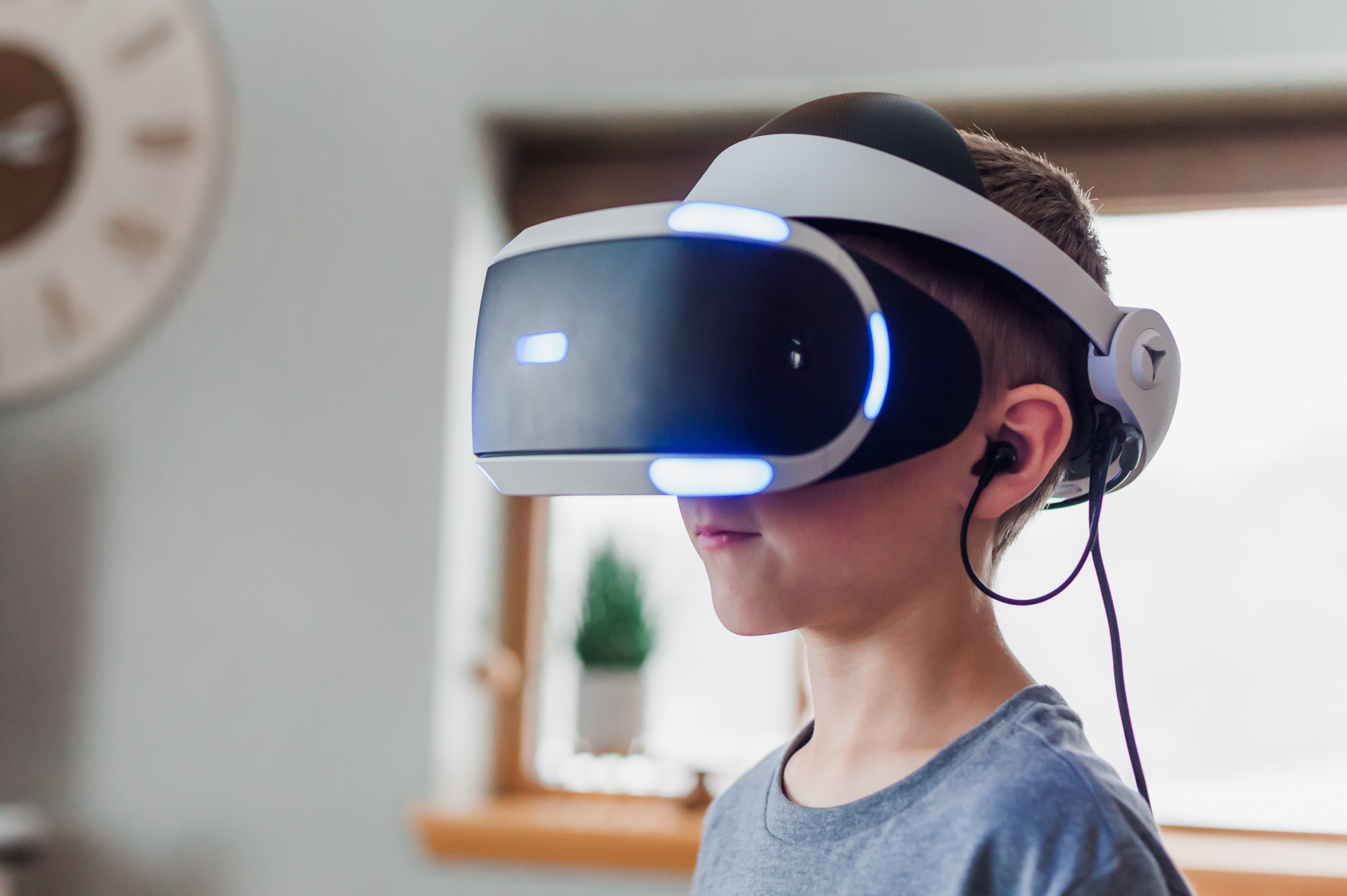 Image: Jessica Lewis https://unsplash.com
Image: Jessica Lewis https://unsplash.com
During the pandemic, digital products and services have become the salvation, and the demand for technology and new developments has grown sharply. The global EdTech industry grows by 17-25% per year. It received an additional impulse to grow due to the lockdown. Those trends that were relevant before the current situation are gaining momentum more and more.
How EdTech will develop in 2021?
-
A trend towards the personalization of educational programs will create a more flexible learning environment. The studying process itself is going to become more accessible and focused on the needs of students.
-
The implementation of learning management systems will continue. From online schedules to blockchain platforms for data protection. This will facilitate the process of monitoring progress and allow students to fully participate in the educational process.
-
Education becomes more interactive. Not only gamification is used, but also VR and AR technologies. A picture turned into 3D models, which will improve information perception. Virtual reality has become one of the most promising areas of the market.
-
How will the VR industry help education?
The current situation led to the fact that everyone was forced to switch to the online mode. It included every area of our life - work, study, communication with friends. The pandemic gave a powerful impetus to digitalization: due to the pandemic and a real threat to health, all educational processes transferred into online mode.
Online education was actively developing even before the quarantine. But due to the pandemic, new technologies have attracted the attention of many educational institutions. The world leader in the education market, Pearson, saw a 400% activity increase on its platform. More people have begun to perceive technology in their daily lives positively, and trust in them is steadily growing.
The market is developing an understanding of the usage of these technologies in education: how to get the maximum result both in terms of improving the quality of education and in terms of economic efficiency. While VR/AR tools are quite new and are not able to replace traditional education, but today they can qualitatively complement education, make it more practice-oriented, interesting, and accessible.
Imagine: school teachers no longer need to talk monotonously or, on the contrary, too zealously. With the help of virtual reality helmets, you can go on a hike right at your desk and personally attend key historical events that happened thousands of years ago. With such learning scenarios, an entire generation can be raised that will preserve the versatility of a science.
Now the most popular solutions in education are software systems that allow you to create and "attend" virtual tours, view various videos in 360 degrees. Especially nowadays, when almost everything is close, going on high-definition virtual field trips expands the possibilities of students. They can infuse new excitement into an every-day lesson. For example, RobotLAB offers such tours in their new VR Expeditions 2.0 kit. It allows students to travel around the world without leaving a classroom.
Soon even more complex solutions with a greater level of interactivity will appear on the market. They will allow people to perform laboratory work in chemistry, for example, in a safe virtual environment, or to explore the size of the Universe during astronomy classes. Performing exercises on practice will make them as easy for students as if they got help with research paper.
Gamification, virtual and augmented reality - these technologies help a person to immerse themselves deeper into content and improve the data perception. A recent study conducted at Stanford University showed that VR technologies form deeper cognitive associations with scientific information. It allows students to learn and understand the causes and effects of phenomena more effectively than in the classical learning format.
Now virtual reality technologies, due to their high cost, are used mainly in the corporate segment. VR is used to train new employees by immersing them in a “real” situation. According to ABI research, the volume of the global VR-based corporate training market by 2022 will rise to $6.3 billion.
Virtual simulators help to improve the skills of workers in different fields and students. We offer an overview of the main trends in education that virtual reality has had the greatest impact.
New trends in education with VR technologies
-
Online classes in virtual reality
The quarantine has changed communication. Zoom has become new normality, but that kind of communication isn't enough. VR makes it possible to communicate in three-dimensional space. A program that would become the standard for VR conferences has not yet appeared. However, there are already interesting solutions on the market. For example, Engage allows holding conferences and seminars.
-
A new level of immersive VR
Many helmets are adding hand tracking support. Developers are experimenting with voice recognition systems for VR. In special gloves, a user will be able to interact with virtual objects at a new level. For example, a tennis ball and a stone feel differently in the hand. All this can bring the training of specialists to a new level.
-
Medical education
VR is actively used in medical education. It helps to increase the speed and quality of training of junior specialists. During the pandemic training on the rules of behavior with COVID-19 patients and stress-relief programs for medical workers were in high demand.
-
Museums and galleries in VR
While everything was closed, many museums provided virtual tours to their exhibitions. The number of museums with VR as their main feature is growing. Thus, students will be able to visit cultural centers without leaving the school building. Besides, visualization will be very useful, for example, for art classes, and will increase their quality.
What is the advantage of virtual and augmented reality?
VR/AR makes it possible to gain new knowledge while staying in comfortable settings. That is especially useful for children, adolescents, and youth. Moreover, students get the freedom inside the virtual environment and are able to think creatively.
Right now, there are no plans to transfer education programs to virtual reality completely. VR technologies can be in an effective partnership with the traditional education system. And we have a unique opportunity to see how productive and long-term this cooperation can be.
Discover more about VR with RobotLAB Expeditions 2.0!
.png?width=824&name=Expeditions%202.0%20Logo%20(4).png)
Author Bio:
 Angela D Johnson is a professional author in Essay Map that offers help with research papers to students. Having the heart of an explorer, she loves to travel, experience new horizons, and expand her knowledge on different topics. She is also a skilled content writer who writes articles on topics like HR, business, education, self-growth, and many others.
Angela D Johnson is a professional author in Essay Map that offers help with research papers to students. Having the heart of an explorer, she loves to travel, experience new horizons, and expand her knowledge on different topics. She is also a skilled content writer who writes articles on topics like HR, business, education, self-growth, and many others.
